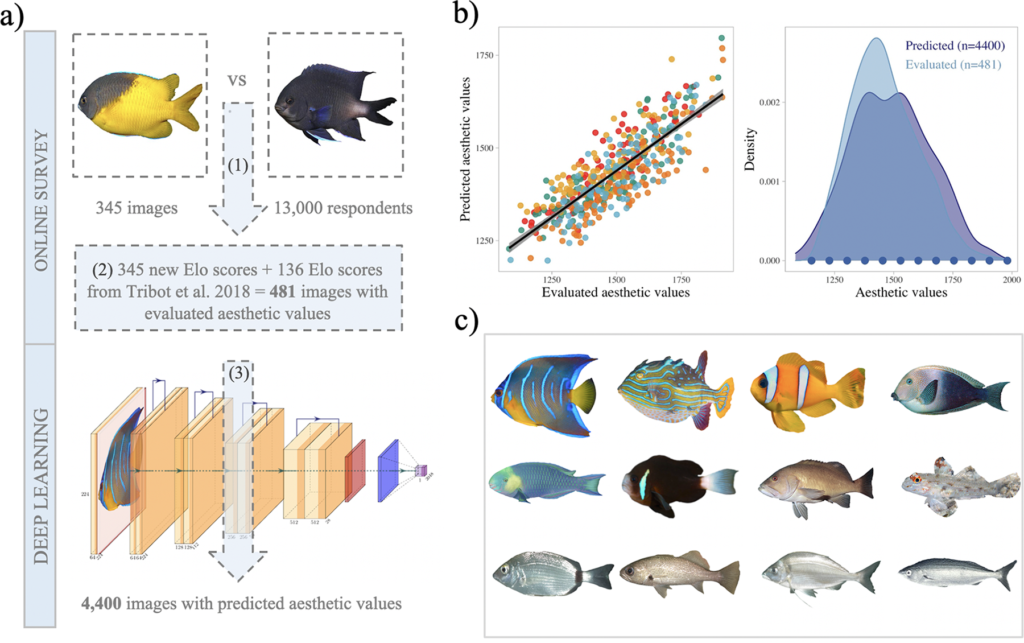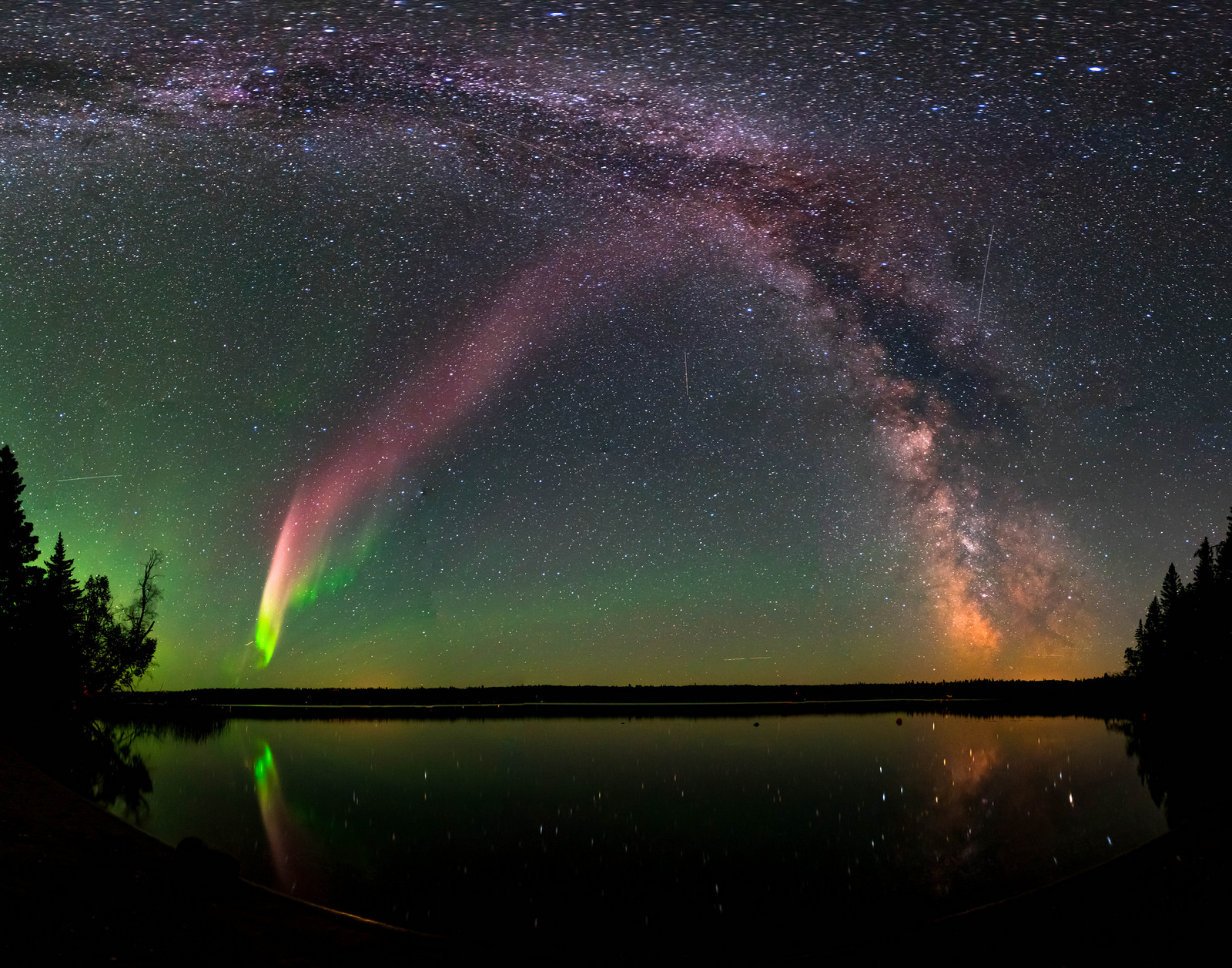Back in 2015, Melanie Keene’s book, “Science in Wonderland; The scientific fairy tales of Victorian Britain,” illuminated a storytelling approach used by Victorians to teach science. (See my September 13, 2017 posting about both Keene’s book and a book about innovation for an overview [part 1] and some commentary [part 2].).
More recently, a May 31, 2023 news item on phys.org describes a similar but updated approach to using fairy tales when communication about science,
A team of researchers, led by Lancaster University, has been developing accessible and creative means of communicating sustainability research from the social sciences for policymakers and the wider public.
Using fairy tale characters – mermaids, vampires, and witches – as metaphors, the team, including researchers from the Universities of Strathclyde and Manchester, have sought to communicate typically complicated arguments in evocative and engaging terms.
…

A May 31, 2023 Lancaster University press release (also on EurekAlert), which originated the news item, provides more details on how these fairy tale characters help make science more understandable,
Responding to some of the challenges of climate change (electricity generation, low-carbon transport, plastic pollution), the research team present three ‘telling tales’. These ‘translate’ existing academic research, taking inspiration from well-known fairy tale characters, to cast this research in an accessible and powerful light:
- Renewables are mermaids – alluring and attractive solutions for policymakers to increasing energy demands, but a distraction from other important routes to Net Zero, like demand reduction. Like mermaid figureheads on sailors’ ships, renewables should accompany our transition to Net Zero but they should not be the only destination.
- Cars are vampires – dangerous entities that are deadly and sucking the wellbeing from communities by dividing divide workplaces and retailing outlets from homes, creating lengthy commutes. Policymakers have, until now, waved garlic at them, to control how fast and where they travel, rather than reaching for the stake and re-imagining everyday life without cars.
- Plastics are witches – a complex category that is, say the research team, misunderstood by the current witch-hunt against plastics. Though they can be harmers (e.g. single-use plastics), they also have ‘healing’ properties (i.e. durable and useful materials that can substitute more damaging materials). Policymakers should work towards systems of re-use to maximise their benefits, rather than simply ‘demonising’ plastics in general.
Having developed these tales, the team worked with illustrator Véronique Heijnsbroek to create a range of inspiring images.
This work responds to the Intergovernmental Panel on Climate Change (IPCC) call for ‘transformational adaptation’. This paper offers serious messages and alternative policy approaches with the aim to accessibly communicate the types of shifts that this will involve:
– Renewables, though important, are not the only measure required by a future of fossil-free electricity generation. Demand reduction, though a less attractive solution, must be considered to ensure this future is possible.
– Cars are known to be deadly and dangerous, yet we have designed daily life and society around their use. More stringent measures are required when thinking of what role they should play in future societies.
– Plastics are currently demonised. Plastics are not to blame, as much as the systems of production, consumption, and disposal they are tied up with. Policies should encourage systems of re-use to maximise their benefits, rather than simply demonising plastics in general.
“It would be easy to interpret this work as a trivialisation of research or, even, a patronisation of potential readers,” says lead author Dr Carolynne Lord, from Lancaster University.
“This is not our intention. The point is that communicating through specialist language is not adequately conveying the message to the communities that it needs to reach. We need to start communicating our work in more accessible ways.”
Dr Torik Holmes, from the University of Manchester, adds: “Storytelling has been gaining traction in the field of energy research in the social sciences. We’ve built on this through the use of fairy tale characters to argue how UK policy reflects a fixation with renewables, over cautionary responses to car ownership and use, and too narrow understandings of, and reactions to, plastics.”
And Dr Katherine Ellsworth-Krebs, from the University of Strathclyde, comments: “Communicating in new and intelligible ways that combine the complexity of research with inspiring stories is important. There is now a real urgency in which transformative responses to climate change are required. Though much social science work offers potential solutions, it can do so in a way that is hard to understand by those who have the power to make change a reality”.
The authors hope their concept will inspire the scientific community to recommunicate energy-based social science research in more digestible forms.
They plan to hold an online workshop starting Monday 28th August [2023] [emphasis mine] with other researchers and illustrators to develop and extend this cast of characters. More information can be found on the Telling Tales of Energy Research website: https://tellingtalesofenergyresearch.wordpress.com/.
Their hope is that by moving research findings beyond academic circles, and to policymakers and popular audiences, this type of work can help bring about the changes required.
I have a bit more about the workshop but first, here’s a link to and a citation for the paper,
‘Telling tales’: Communicating UK energy research through fairy tale characters by Carolynne Lord, Katherine Ellsworth-Krebs, and Torik Holmes. Energy Research & Social Science Volume 101, July 2023, 103100 DOI: https://doi.org/10.1016/j.erss.2023.103100 Available online 23 May 2023, Version of Record 23 May 2023.
This paper is open access.
A workshop as an online writing retreat
The organizers are definitely emphasizing enjoyment. Here’s more from the Telling Tales of Energy Research Workshop webpage,
…
How much writing experience do I need?
You don’t need to have pieces already written, but you must be ready to dedicate at least 3 hours (or more) over the week to write. You don’t need to have taken other creative writing classes. And even if you have, there’s loads in store waiting for you.
You won’t just be learning the craft of writing, or how to pitch your piece to an outlet… You’ll be learning how to create space for writing in your life.
At the same time, you’ll be joining a community of writers also passionate about social and environmental justice! This community, with the activities and guidance, will make you feel ready to pitch your ideas to outlets to and beyond the Academy.
What does participating involve?
Online activities: 15:00-16:30pm BST on both Monday 28 August and 4 September 2023.
In addition, for the week 28 August to 1 September you’ll be committing to at least 30 minutes a day for our online writing retreat.
How do I enrol?
Attendance opportunities are limited, please fill in this Expression of Interest by Monday 31st July [2023] 17:00 BST. The team will let you know if you’ve been selected asap.
I realize it’s past the deadline for an Expression of Interest but it never hurts to try and, if there’s enough interest they might schedule a 2nd workshop. Good luck!


